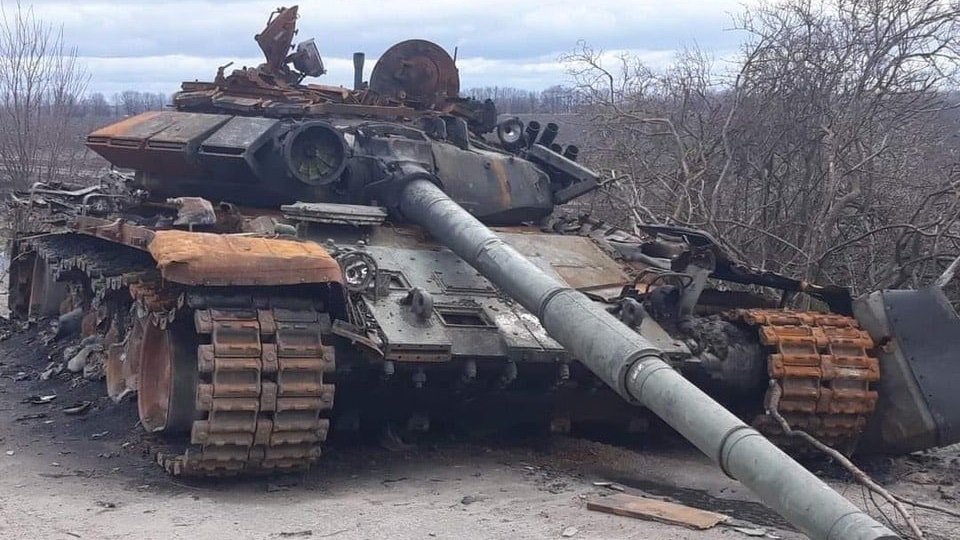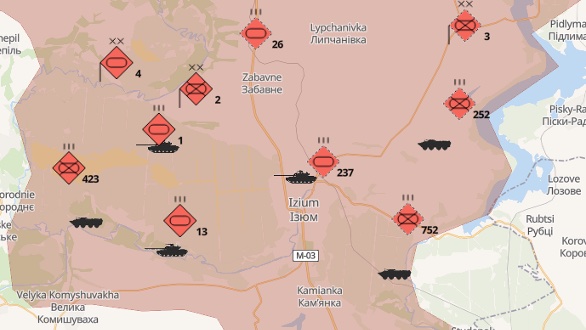
It is 7 weeks since the Russian invasion of #Ukraine began. Today I examine how the Russians have fared in the ongoing adaptation battle, which is a feature in all wars. 1/25 (Image - @UAWeapons) 
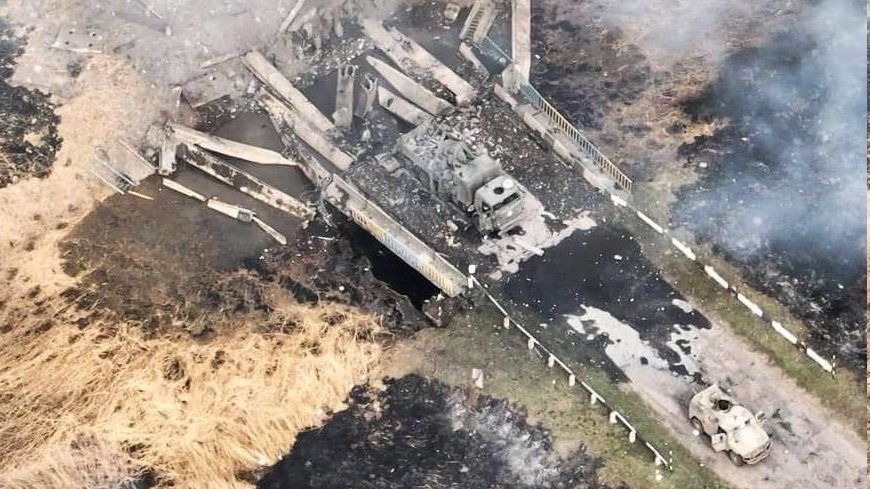
2/25 It is impossible for the military to anticipate every eventuality in war. With human capacity for surprise, resilience, and intelligence, as well as selfishness, cowardness and stupidity, there are a range of potential outcomes that are possible in warfare.
3/25 Michael Howard suggested in the “The Uses and Abuses of Military History” that military institutions normally get the next war wrong, mostly for reasons beyond their control. As such, an important virtue for military organizations must be adaptability to unexpected events.
4/25 Back in March I explored the concept of adaptation in war, as well as how Russian transformation efforts since 2008 appear to have paid minimal dividends for them at the tactical & strategic levels. abc.net.au/news/2022-03-1…
5/25 The month since then has provided more insights into the adaptive capacity of the Russian military.
6/25 The Russians had to adapt their campaign within the first 48 hours because their attempt at a lightening conquest of Ukraine failed. This was most obvious in the attempts to capture Kyiv. They had to adapt their campaign to the realities of Ukraine’s defensive strategy.
7/25 However, the adaptations by the Russians only manifested as ‘throw more tanks and soldiers at the problem’ and ‘terrorise the populace’. Their sloppy integration of combined arms, and air-land integration, did not appear to change.
8/25 After seizing parts of northern Ukraine, a lack of forces & inability to logistically support the northern campaign meant Russia was unable to make an operational breakthrough. The northern campaign was a debacle & ended in March.
9/25 Have we seen a demonstrated institutional capacity to learn from this by the Russians? The answer is, maybe. The areas examined are overall strategy, command, logistics, combined arms, air support and leadership.
10/25 Russia has adapted its #strategy, although this has been ad hoc, and driven by failure. The Russian Plan B after the first 48 hours was a ‘creeping, multi-axis attrition’. It featured more firepower, as well as destruction of smaller cities to set an example to Kyiv.
11/25 The Russians rested Plan B on ‘mass on multiple fronts’ being able to win the day in the north, east and south. This dispersed strategy meant there was no obvious main effort. The Russians took heavy casualties for small gains in terrain, while rear area security suffered.
12/25 The Russian high command was forced to adapt their strategic design again. In late March we saw Russia’s ‘Plan C’ strategy in Ukraine. It featured holding gains, long range firepower on cities, and destroy as much infrastructure as possible. And mass murder of civilians.
13/25 Despite their efforts to concentrate their forces in the east and south, the Russian force still has too many missions with too few combat formations. This demonstrates their lack of adaptive capacity as this situation has not been addressed throughout their invasion.
14/25 Command and control. In the planning & command of operations, the appointment of a unified commander for the Ukraine invasion – General Dvornikov – indicates the Russians accept their previous disaggregated fronts approach was suboptimal. 
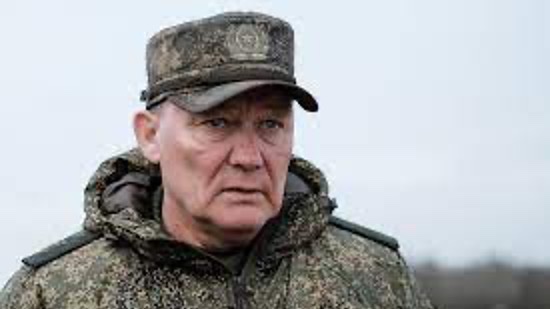
15/25 This is a positive adaptation from the Russian perspective. However, at the same time, Russian commanders continue to use insecure communications & are targeted by the Ukrainians. Their inability to adapt in this regard is staggering.
16/25 Combined arms warfare. The Russians continue to commit forces piecemeal in places such as Izyum, Rubizhne and Popasna. There does not appear to be an understanding of concentration of force, or unity of effort, still. No adaptation here, just tactical stupidity.
17/25 They continue to experience significant challenges in their ability to coordinate combined arms maneuver on the ground. They have therefore adapted to rely more on firepower than maneuver. They are demonstrating minimal adaptive capacity in this regard.
18/25 Air Support. It is apparent that the Russian Air Force has now turned up to the fight. They have significantly increased the number of sorties flown in Ukraine. They have also improved their ability to support ground operations. bbc.com/news/world-eur…
19/25 The Russian Navy? The Black Sea’s latest dive wreck shows how arrogant the Russians were in assessing Ukraine’s capacity to fight in the maritime environment. The only adaptation they have shown is to quickly steam further out to sea. washingtonpost.com/national-secur…
20/25 Logistics. Pentagon background briefings, as well as open-sources, indicates Russian tactical & operational logistics remains suboptimal. This probably shows significant underinvestment in the last decade in logistics and will be hard to fix quickly. edition.cnn.com/2022/04/14/eur…
21/25 Rear area security. The Russians and their proxies have held parts of the Donbas for years. That said, if the Russians are able to advance further into Ukraine, this will bear watching. Given manpower constraints, it is likely to still be an issue.
22/25 Leadership. Soldiers act in accordance with training, tasks they are given, direct supervision from NCOs & the example of leaders. When each of these is corrupted, military effectiveness is degraded. We have seen only evidence of a corrupt military system from the Russians.
23/25 Slovenly generalship has seen a sloppy initial military strategy adapt into one which might focus on fewer areas. However, this adaptation is actually a reversion to the same military culture as the Russian Army that killed and raped its way to Berlin in WW2.
24/25 Barno & Bensahel argue military adaptation is much easier to talk about in principle than to achieve in practice. Bureaucratic resistance, battlefield friction & the enemy’s adaptations all make it harder. But it is possible, as previous successful militaries have shown. 

25/25 The Russians in Ukraine have shown minimal adaptive capacity. Their organisational learning culture is almost non-existent & lessons from Syria are irrelevant. Despite this, they remain a large & very dangerous military force in the east and south. End (Image - @RALee85) 
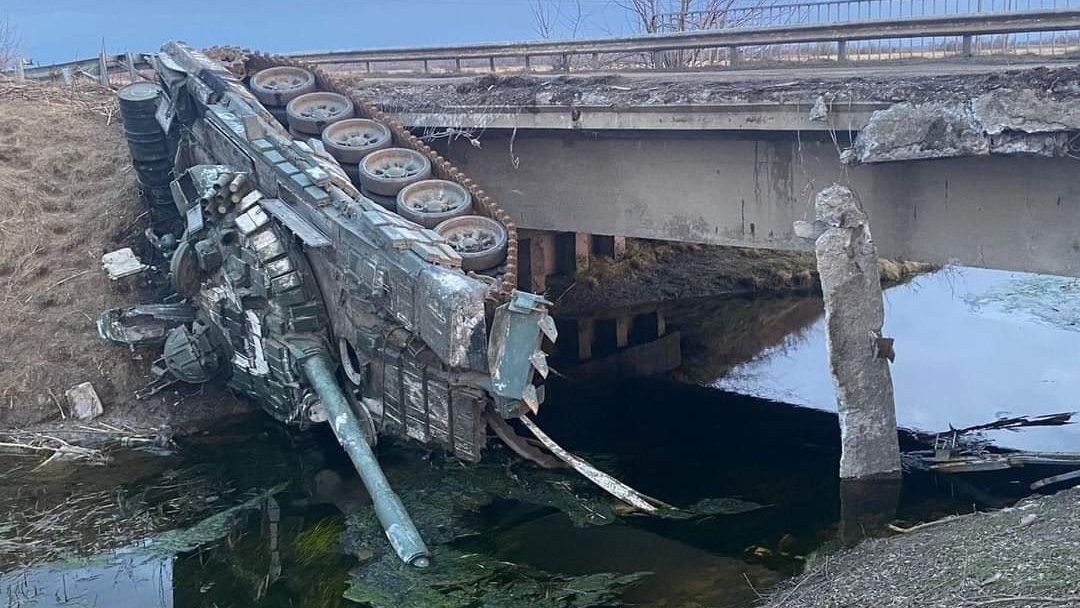
• • •
Missing some Tweet in this thread? You can try to
force a refresh


